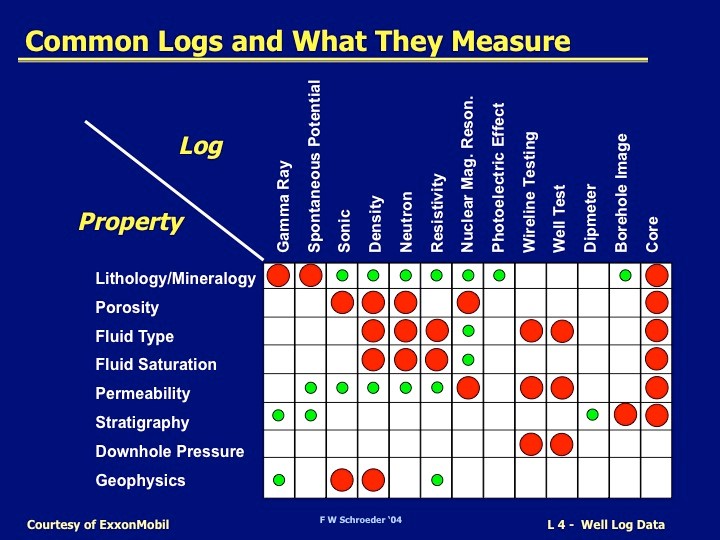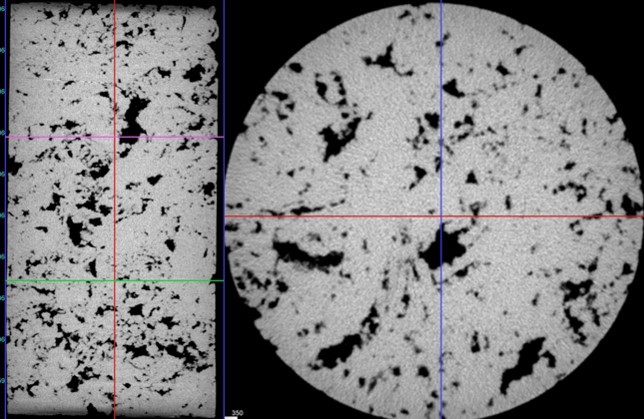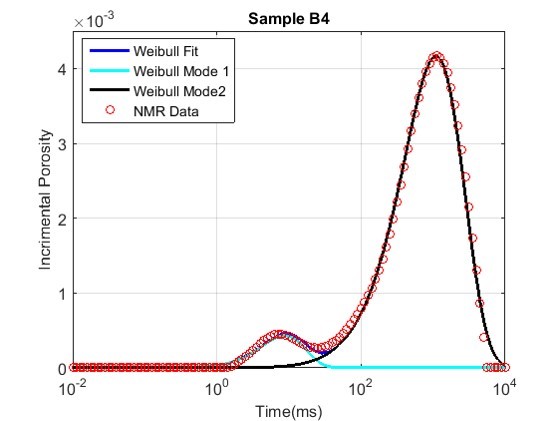
APG’s workflow for multi-physics, multi-frequency, and multi-scale modeling and inversion

Our experts bring the following technologies to the table and help clients to fully characterize their resource plays:
-
Data review and quality control – Log normalization, depth shifting, and project setup – Well log interpretation and well summary calculations
-
Rock typing and permeability calculations – Borehole image log interpretations – Resistivity modeling and geosteering post processing
-
Production log analysis – Deterministic and probabilistic (Neural Network) methods to predict pseudo logs
-
Log-derived geomechanical properties – Rock properties data from well logs
-
Diagnosis and modeling of Formation tester measurement and fluid sampling – Pore pressure and fracture gradient analysis
-
Python programming and workflow development
-
Advanced carbonate formation evaluation using multi-physics modeling and stochastic inversion
-
Global optimization to estimate petrophysical properties of shaly sandstones
-
Low resistivity pay (LRP) zone detection using model-based and data-driven algorithms
-
Detecting and quantifying fractured carbonates using conventional logs (Without core, FMI, UBI)
-
Retrieving petrophysical properties (TOC, frackability, etc.) of unconventional resource plays
-
Pore pressure and fracture gradient (PPFG) prediction using conventional well logs
-
Applications of machine learning techniques in well log processing and interpretation
-
Bayesian rock typing using well logs calibrated with core data
-
Joint inversion of NMR and other well logs to simultaneously estimate petrophysical properties


The philosophy behind APG’s stochastic multi-physics inversion

Rock typing

Dual porosity carbonate: stochastic well log inversion


